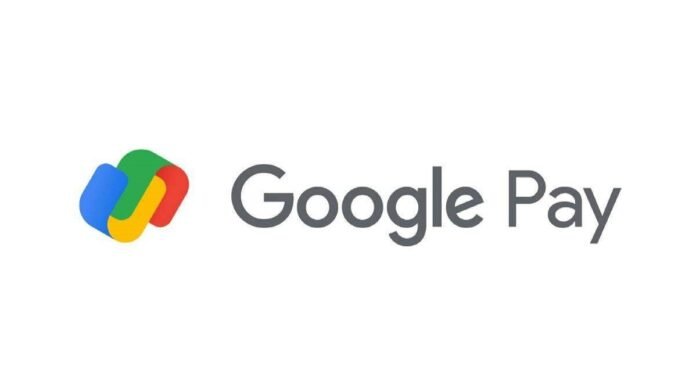
Key Points:
- New Convenience Fee: Google Pay now charges 0.5% to 1% of the transaction value, plus GST, for bill payments made using credit or debit cards.
- UPI Bank Payments Exempt: Payments made directly through UPI-linked bank accounts remain free of additional charges.
- Industry Trend: Competitors PhonePe and Paytm also levy similar convenience fees for certain transactions.
- Rising Costs for Fintechs: The move reflects efforts by digital payment platforms to recover costs amid growing UPI adoption and high transaction expenses.
- Impact on Users: The fee is expected to affect users who rely on credit or debit cards for utility bill payments.
New Delhi: Google Pay, one of India’s leading digital payment platforms, has introduced a new convenience fee for bill payments made using credit and debit cards. This marks a significant shift in the platform’s fee structure, as such transactions were previously free for users. The newly imposed charges range from 0.5% to 1% of the transaction amount, plus applicable GST. However, payments made directly through UPI-linked bank accounts remain exempt from these fees.
What Are the New Charges?
According to Google Pay’s website, the convenience fee applies to utility payments such as electricity, water, gas, and TV bills when using credit or debit cards. For example:
- A customer paying an electricity bill of ₹3,000 with a credit card may incur an additional ₹15–₹30 as a convenience fee (excluding GST).
This change follows Google Pay’s earlier decision to impose a ₹3 convenience fee on mobile recharges above ₹50 in 2024.
Why Is Google Pay Charging Fees?
The introduction of convenience fees reflects a broader trend in the fintech industry as companies strive to make their business models financially sustainable. With UPI transactions surging in popularity, platforms like Google Pay face mounting operational costs. In FY24 alone, fintech firms reportedly spent ₹12,000 crore on processing UPI transactions, with smaller transactions (below ₹2,000) accounting for ₹4,000 crore of this expense.
Google Pay currently holds a 37% share of the UPI market and processed transactions worth ₹8.26 trillion in January 2025. As digital payments grow exponentially, platforms are seeking ways to recover costs while maintaining service quality.
How Does This Compare to Competitors?
Google Pay is not alone in introducing such charges:
- PhonePe: Charges convenience fees on credit and debit card payments for utilities like water and gas bills.
- Paytm: Imposes platform fees ranging from ₹1 to ₹40 on recharges and bill payments across various services.
These fees are becoming standard practice as fintech companies aim to balance user expansion with revenue generation.
Impact on Consumers
The new charges are expected to affect users who frequently use credit or debit cards for bill payments. However, those who rely on UPI-linked bank accounts can continue making payments without incurring additional costs. Experts believe this move could encourage more users to shift toward UPI-based transactions.
Government Regulations on UPI Costs
To promote digital payments, the Indian government mandated in 2020 that no additional charges be levied on UPI transactions below ₹2,000. However, transactions above this threshold attract a merchant discount rate (MDR) of up to 1.1%. While the government reimburses platforms for small-ticket UPI transactions, high operational costs remain a challenge for fintech firms.
What Lies Ahead?
As digital payment platforms increasingly adopt convenience fees, consumers may need to adjust their payment habits. Experts suggest that while these fees help sustain fintech operations, ensuring affordability and accessibility will be critical to maintaining user trust and promoting financial inclusion.
This development underscores the evolving landscape of digital payments in India as companies navigate the balance between growth and profitability. For now, users relying on credit or debit cards for utility payments will need to factor in these additional costs when using Google Pay.





















































